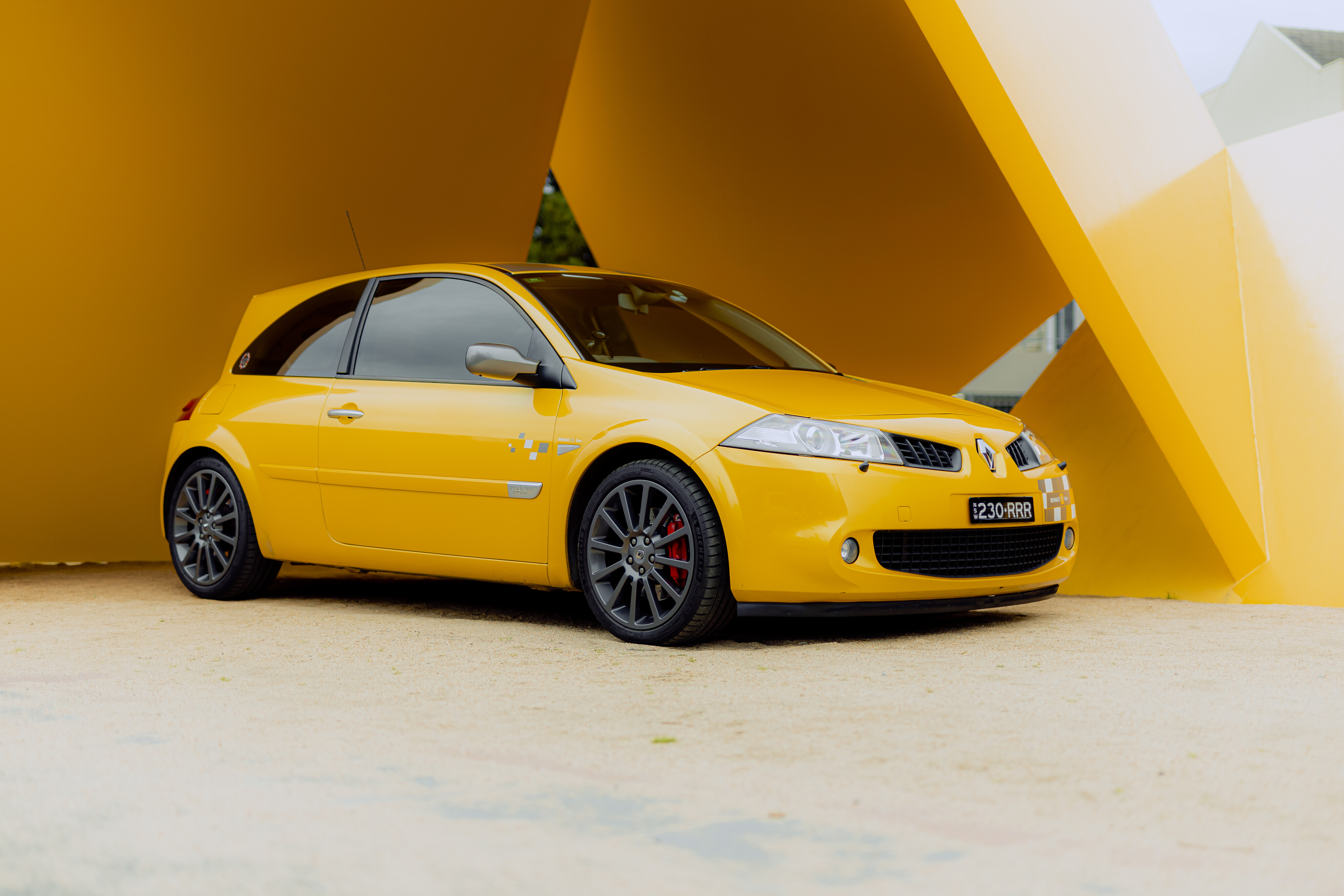
You may not know of Mr Vernon Gleasman. But if you drive a Renaultsport Megane 230 F1 Team R26 (henceforth to be referred to as an R26 because damn) you have a lot to thank this gent for.
With over 200 inventions and patents to his name, big Vern, who sadly passed away in 2004, lived a long and productive life. We’ll gloss over his hydromechanical steering system for tracked vehicles and his long-piston hydraulic machine and concentrate instead on his Dual Drive system, the so-called ‘impossible differential’, a clever piece of engineering that became better known as the torque-sensing, or Torsen, diff.
It’s this piece of technology, supplied by GKN Driveline for the 168kW R26, that distinguished this model from its immediate predecessor, the 225 F1, and did more than anything else to elevate the hot Megane from there or thereabouts to indisputably the best driver’s car in its class.

Renault wasn’t in the business of building middle-of-the-road hot hatches.
It had a rich form line running from the 5 Turbo through a whole series of lauded hot Clios which had branched into the acclaimed 16v versions of the 19 and the first-generation Megane. Yet when Renault launched the Renaultsport 225 version of the Megane in 2004, it was met with a lukewarm reception. The steering was rubbery, power-down wasn’t great and body control was vague.
The subsequent Trophy, Cup and F1 Team versions incrementally improved things, but it was still clear that there was unrealised potential. The bones of a great hot hatch lurked beneath the Megane II’s bustle-backed styling; the formula just needed refining.
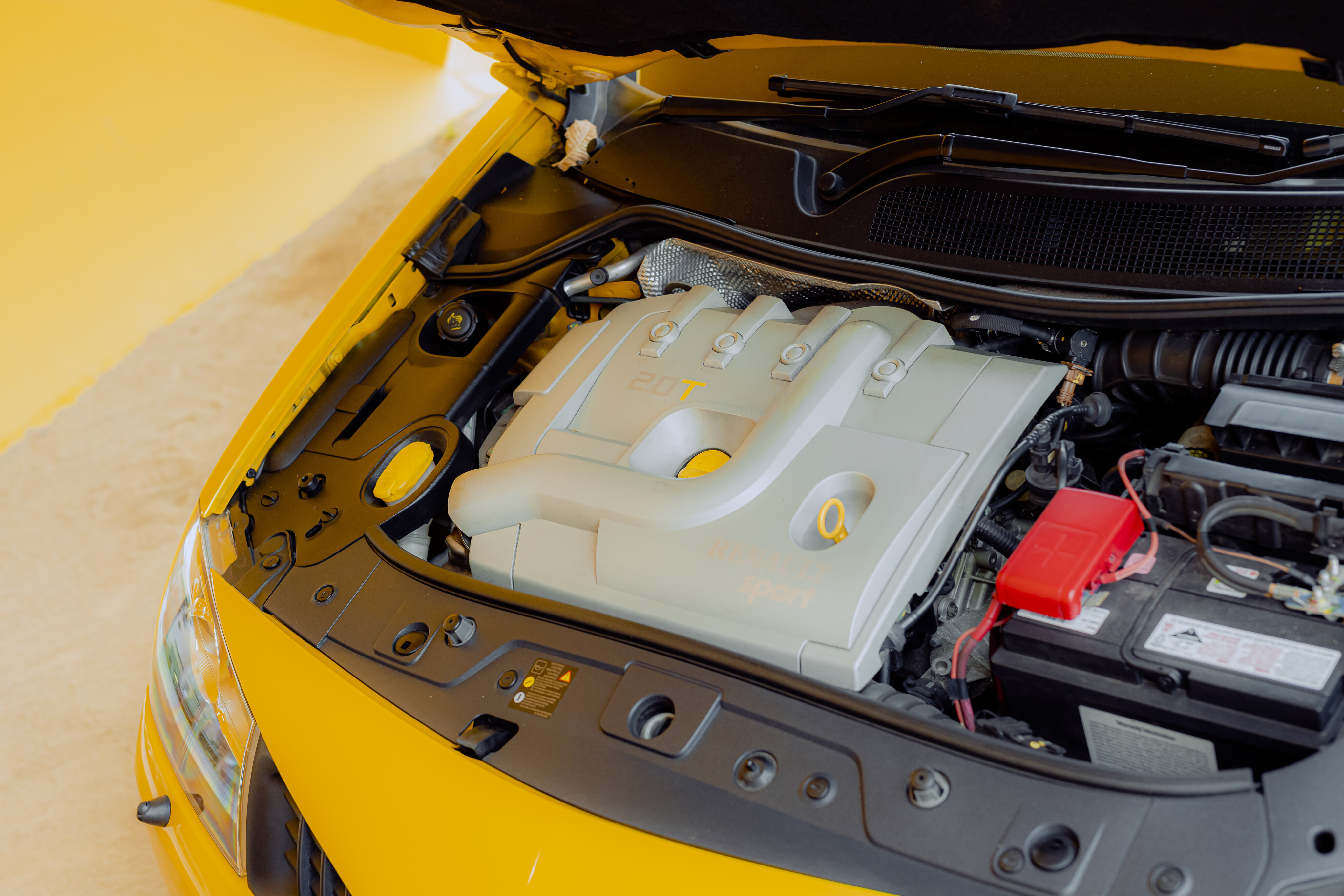
GKN received the brief from Renault in March 2005 for a helical limited slip differential and realised that it was supplying Nissan with a version that could be modified for use in the Megane.
By November that year, it had a working unit in the front of a Megane prototype. The R26 could easily have been underwhelming.
After all, the introduction of electric power-assisted steering and a modest power bump of 3kW courtesy of a nudge in the turbocharger’s boost pressure and a less restrictive silencer hardly seemed transformative.
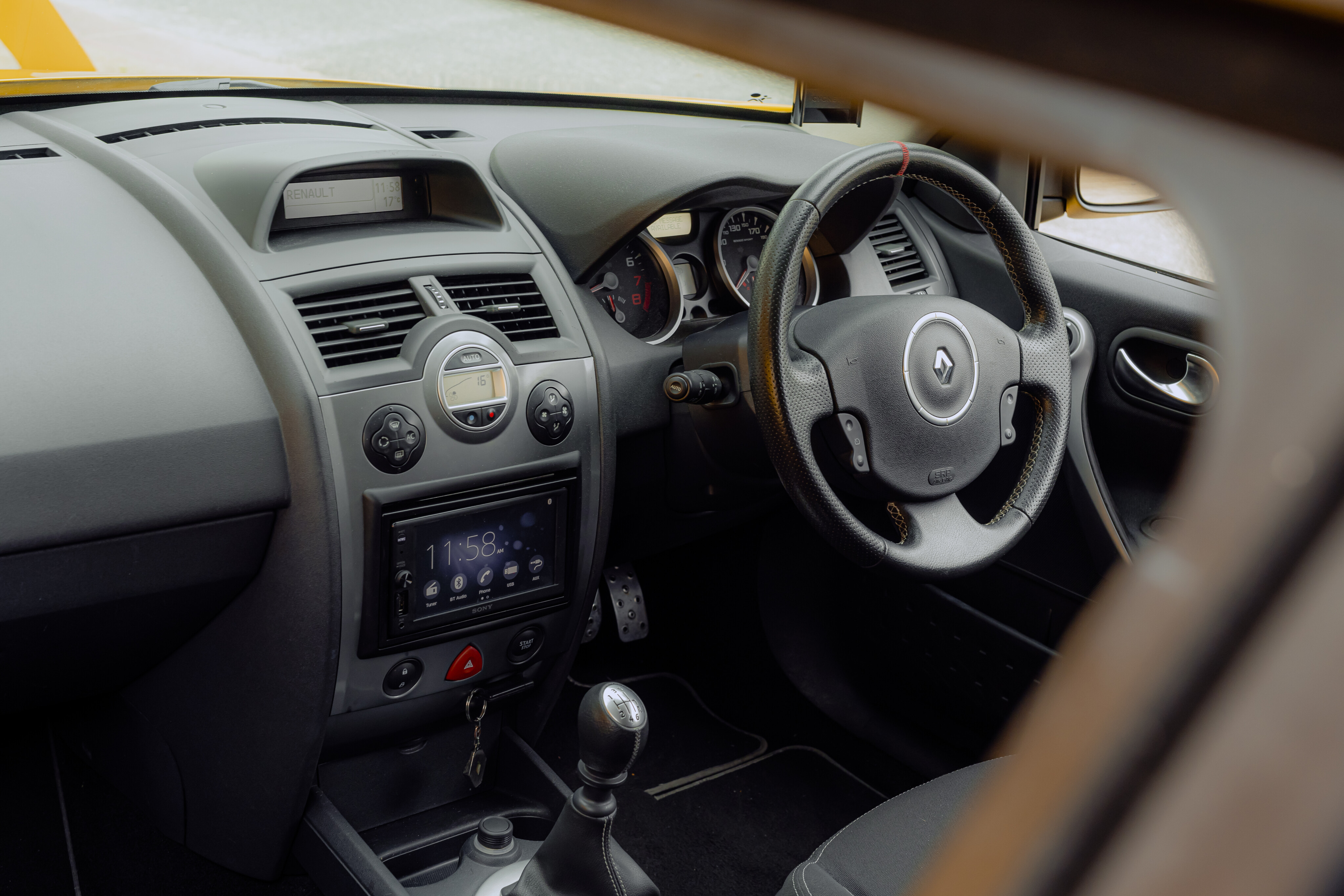
Only 100 units were imported – an original batch of 80 in August 2007 and an additional 20 cars in June 2008 – so they remain a rare sight on Aussie roads
What’s more, Mazda had attempted to spike Renault’s guns with the prior launch of the 3 MPS, which packed a hefty 190kW, again driving just the front treads.
But where the Mazda felt remote, exhibiting a frustrating lack of dynamic cohesion, Renault knew that it didn’t need to compete in the power stakes if it could build a car that could out-handle the Japanese hatch and deliver a more intimate and involving driving experience.
Mazda wanted $39,990 for the 3 MPS in mid-2006; the R26 was pitched to Aussie buyers at $43,990 for a black car or $44,990 for the hero Liquid Yellow colour, as pictured here. Only 100 units were imported – an original batch of 80 in August 2007 and an additional 20 cars followed in June of 2008 so they remain a rare sight on Australian roads.
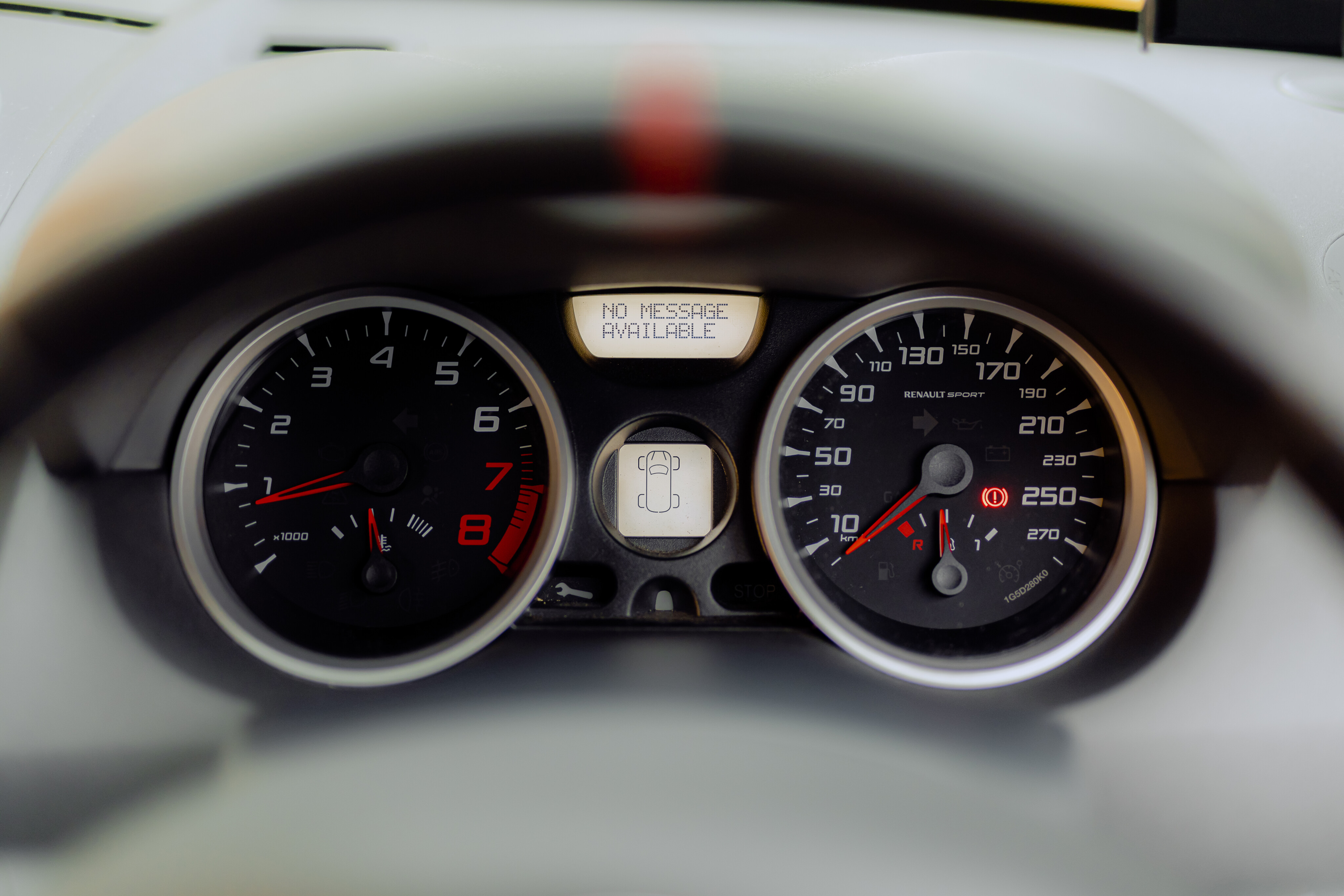
A rare car and a very good one ought to mean a valuable car, especially in the current climate yet the Megane R26 has largely flown under the collector’s radar.
That’s probably down to two factors: the rarer-still R26.R track-day special that was spun off the R26 formula and the wholly excellent Renaultsport Megane III coupes that followed.
Prices between $10K and $15K for well-looked-after examples are the typical norm, although with a car this scarce, you clearly don’t get the option of a whole lot of shopping around opportunities.
The counterpoint to limited choice is rugged mechanical reliability; not always the first thing with which we associate French cars. The Megane R26 is a tank, over-engineered where it counts and with little in the way of troublesome tech that can go wrong. Complicated drive modes? Nope. Clutch-pack diffs? No. Finicky dual-clutch transmission? No.

It’s just you, a workmanlike turbo four-pot, a manual gearbox that’s as tough as old boots and drive going through that purely mechanical Torsen diff to the front 18-inch tyres.
I’ve probably logged more laps of the Nürburgring in a Megane R26 than any other car and can attest to the fact that they can take a licking and still keep ticking.
Nevertheless, there are a few niggles to look out for. The F4R774 engine often sounds a bit grumbly on start-up, but clears down when warm. If the engine warning light on the dash fails to extinguish and a lumpy idle persists, it’s often down to a faulty injector.

Cam belts ought to be changed every 100,000km to be on the safe side (this is an interference engine after all) and look for a good oil servicing record.
Renault recommends a 5W-30 semi-synthetic lubricant for typical road use but track day fiends lean towards fully synthetic 10W-40 oil.
Another optimisation that has proven a popular aftermarket modification is a short-shift kit to rectify the R26’s long-throw manual shift. The R26.R utilised a factory short-shift kit and this is a sought-after adaptation amongst many R26 owners, delivering a crisper and quicker shift.
Standard exhausts will also have been replaced some time back, and an exhaust, subtle remap and performance air filter can add 20kW to an R26 without any reliability issues.
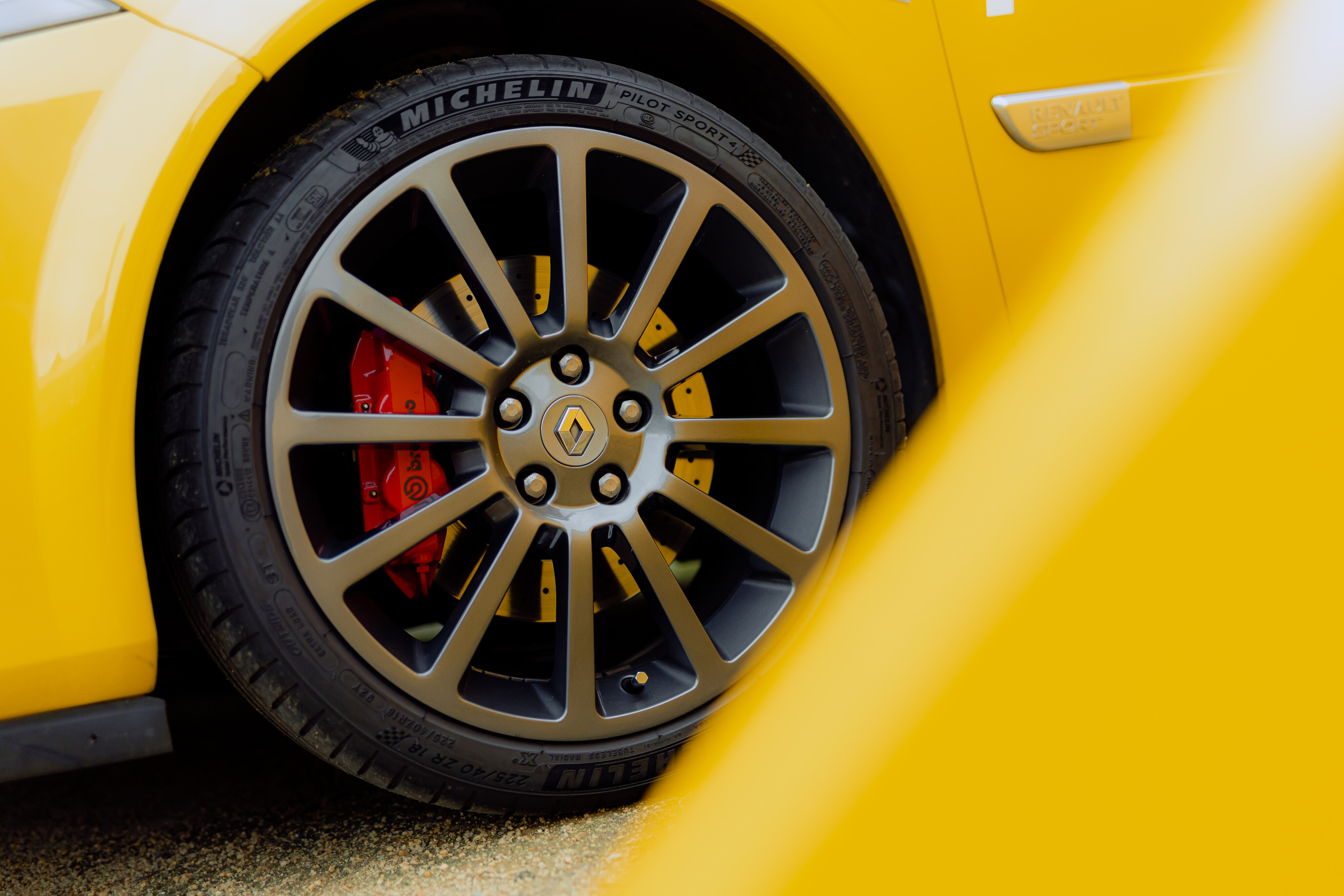
The R26 is fitted with Brembo brake discs and calipers.
The front rotors are 312mm cross-drilled items with 300mm rears and it pays to keep a weather eye on pad wear as enthusiastic driving can chew through pads quicker than you might expect.
Suspension bushings are another wear item to consider, with many R26 owners opting for firmer poly bushes if they’re tracking their cars regularly. The Toyo Proxes R888 tyre from the R26.R (225/40 R18) is another performance upgrade that has proven popular for circuit goers.

Some 17 years after it was first released, a decent Megane R26 still feels alert, fun to drive and refreshingly no-nonsense
Bodywork is generally trouble-free, but there can be some minor electrical issues, especially concerning the credit-card-sized key fob. Some owners have reported these failing or being locked out of the car. The other issue to check is that the electric windows wind smoothly and fully, as a small component in this assembly has been known to break.
The interior plastics are unflashy and somewhat prone to scratching. The Recaro Trendline front seats are excellent but should you want to sit lower in the car, there are a number of aftermarket subframe options that allow for this.
Some 17 years after it was first released, a decent Megane R26 still feels alert, fun to drive and refreshingly no-nonsense. It was launched in what many see as a bit of a sweet spot, where buyers still got sensible safety features like eight airbags, electronic stability control and brake assist but before we got to an era where safety systems became intrusive.
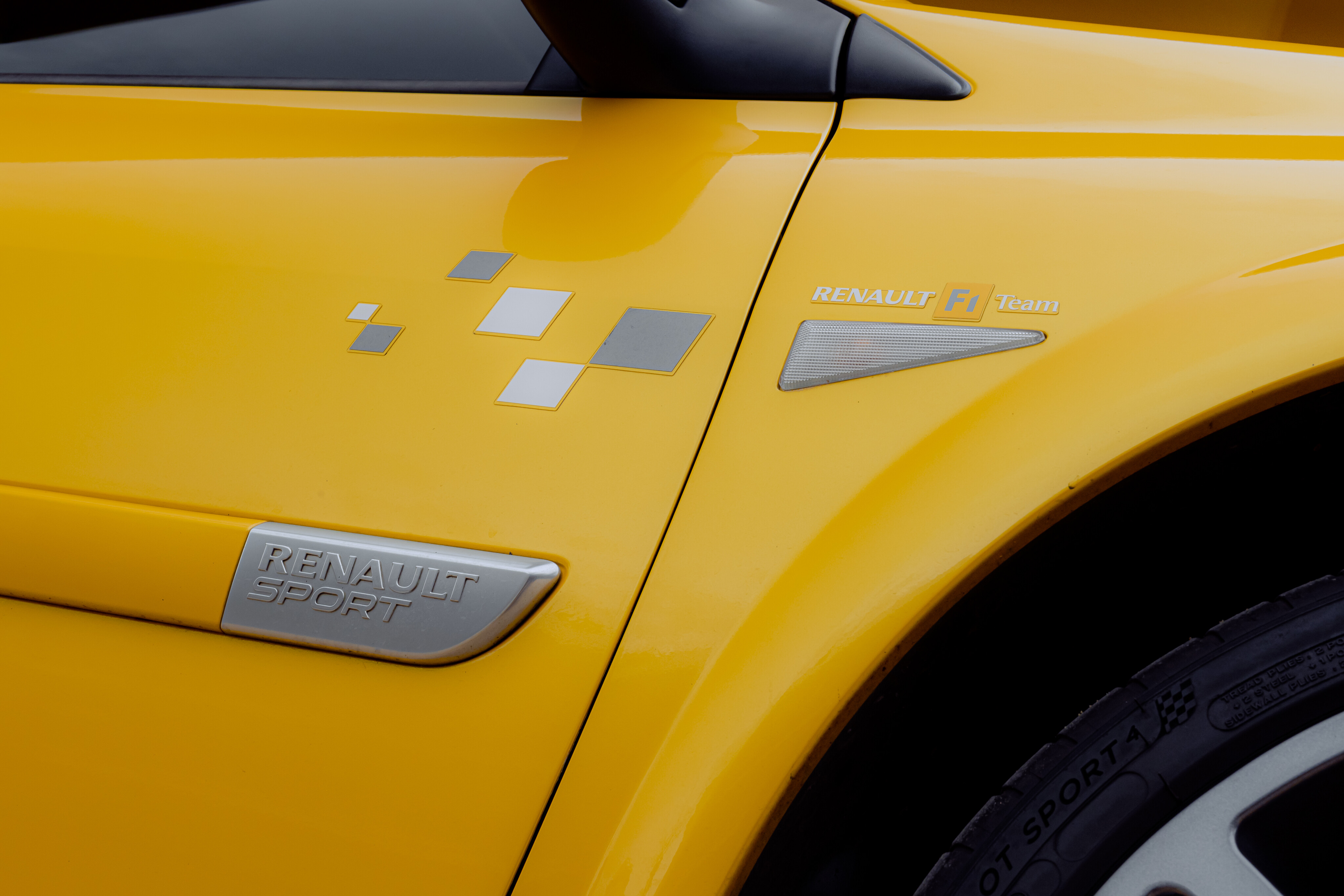
This lack of complication means that it’s an easy car to get into and quickly understand.
The dynamics are similarly intuitive, although the way the differential drags the car in towards the apex in sharper corners might come as a bit of a surprise when it’s first experienced. From that point on, you learn to work with the diff and can get on the power a whole lot earlier than you might expect for a car that sends all its torque through the front treads.
Talking of which, peak torque for the R26 as standard is 310Nm. Even better, that figure was maintained in an almost unfeasible plateau from 2000 through to 6000rpm, so unless you’re a certified halfwit when it comes to shifting gears, it’s hard to catch the Megane off guard.
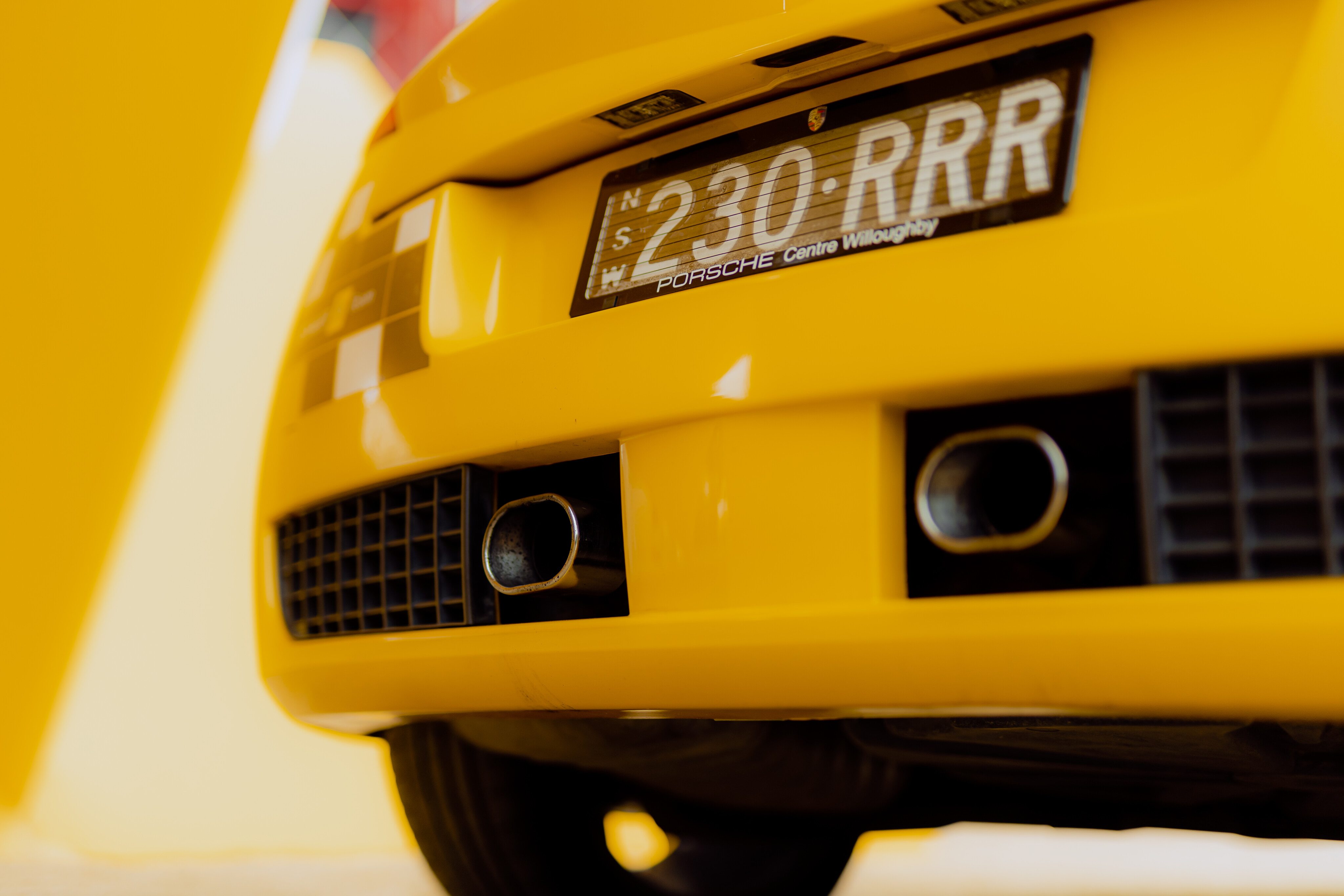
Between 2300 and 3000rpm, there’s a deep-chested bass note to the R26’s aural signature which makes it feel like a far gutsier powerplant than it really is. Some owners claim that dropping the rear seats markedly helps the in-cabin acoustics.
Context is key. By today’s standards, 310Nm isn’t that big a deal. It’d be comprehensively outgunned by a 370Nm Volkswagen Golf GTI or a 392Nm Hyundai i30 N. Slap a set of decent boots onto the Megane though (Michelin PS4s are a recommended fit), and it might still deliver the most fun through any given set of corners.
It has a talent of feeling as if the limit is not a sharply defined line, but a broad and accommodating zone into which you can happily push the car, knowing that it’ll signal very clearly and benignly when you’re taking unacceptable liberties.
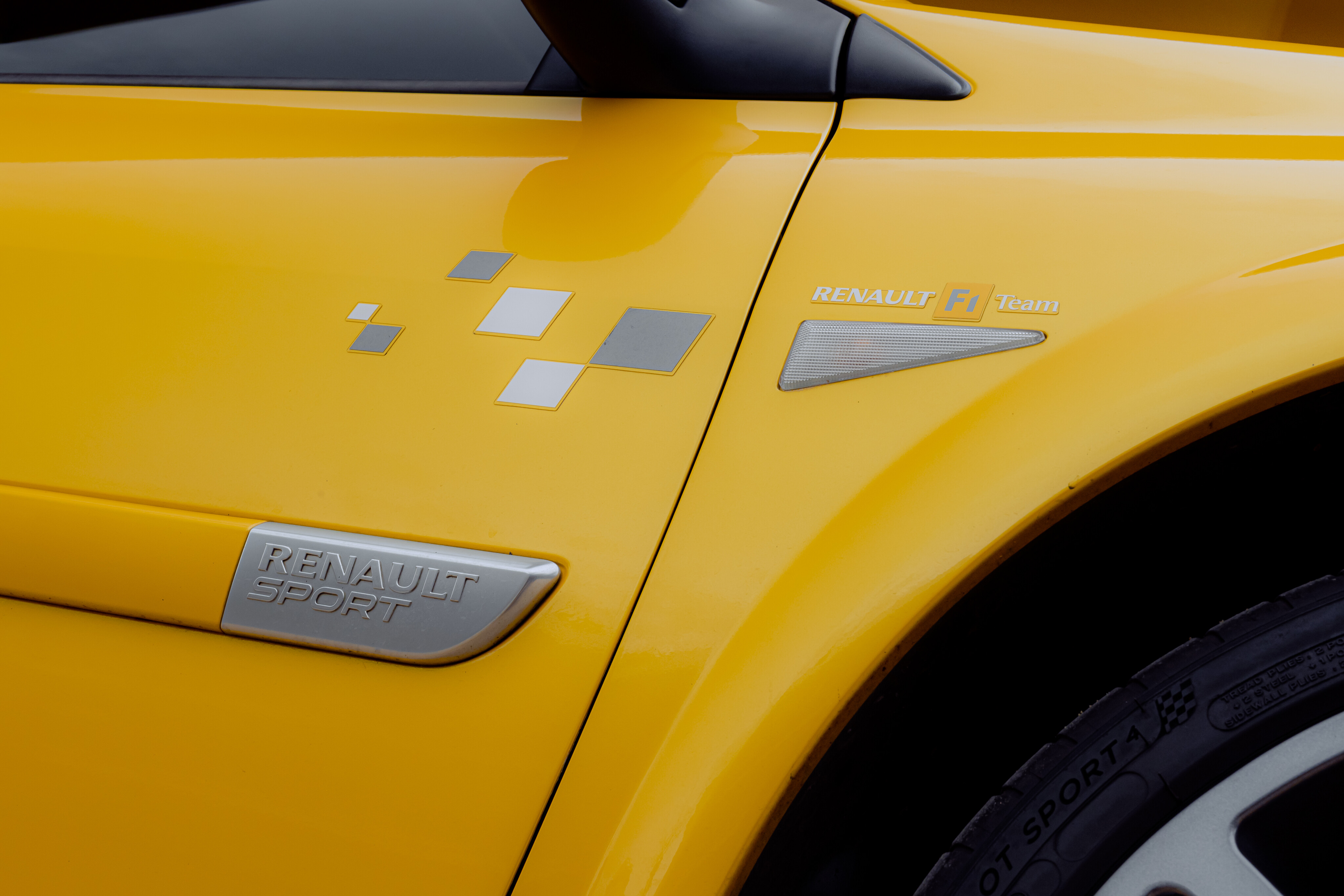
With a kerb weight of just 1355kg, the Meg is hefting around 90kg less through a corner than an i30 N and it feels correspondingly light on its feet.
Compounding that impression is a wheelbase of just 2625mm. Driving the Megane is all about managing the front end, which shoulders 64 percent of the weight distribution.
The steering’s gearing isn’t hyperactive, which helps settle the car on turn-in. Once you have the front tyres engaged, you can choose whether to scribe a clean line or take the fronts to the edge of lateral adhesion and then jump off the gas, setting the rear end swinging round. Either works.
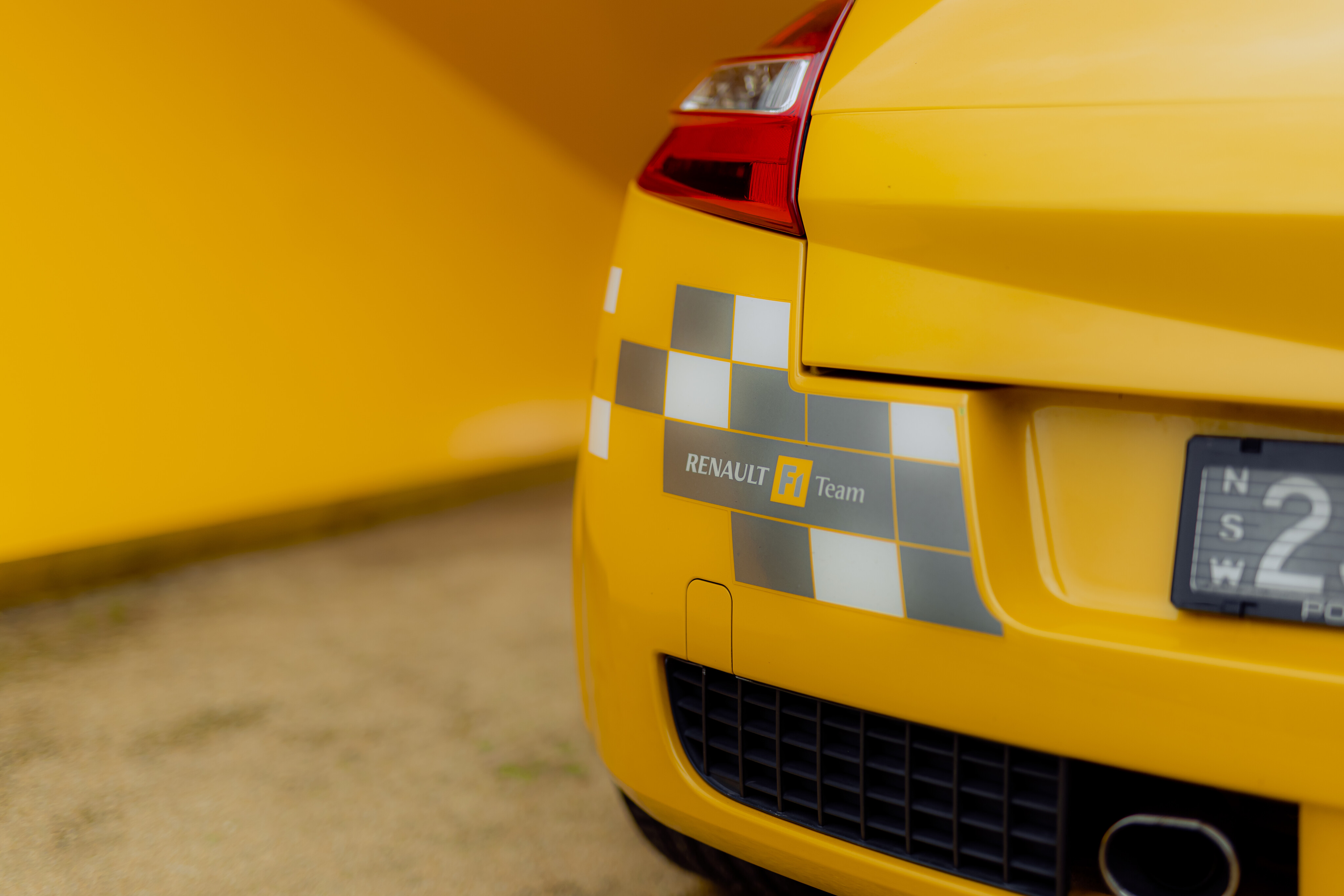
The R26’s F1 branding came about by dint of Renault retaining both the 2006 constructors’ and drivers’ championships, Fernando Alonso taking home the big gong, with Giancarlo Fisichella chipping in enough points to keep Ferrari at bay.
And yes, the car in which Alonso won in ’06 was called the R26. From this high point came a rapid decline to the ignominy of Piquet Jr and ‘Crashgate’ in 2008. It was to prove the last time the French manufacturer would claim an F1 title, with operations transferring to Alpine branding in 2021.
Opinions vary on the chequered flag decals applied to the R26, but should they not find your approval, 20 minutes with a hot kettle will get rid of them for good and give the Megane a more subtle look. Personally, I think they’re an integral part of the car’s identity.

Of course, there will be many who can’t see the point of the Megane R26 and will ask what this car does better than its successor, the Renaultsport Megane RS 250.
Objectively, the answer is either very little or nothing but since when did we buy enthusiast cars purely on objective measures?
We buy cars because something about them appeals to us, and the R26 is chock-full of character, has styling that will never be mistaken for any other car and, even by today’s standards, is a great steer. Any one of those reasons would be justification enough for us.
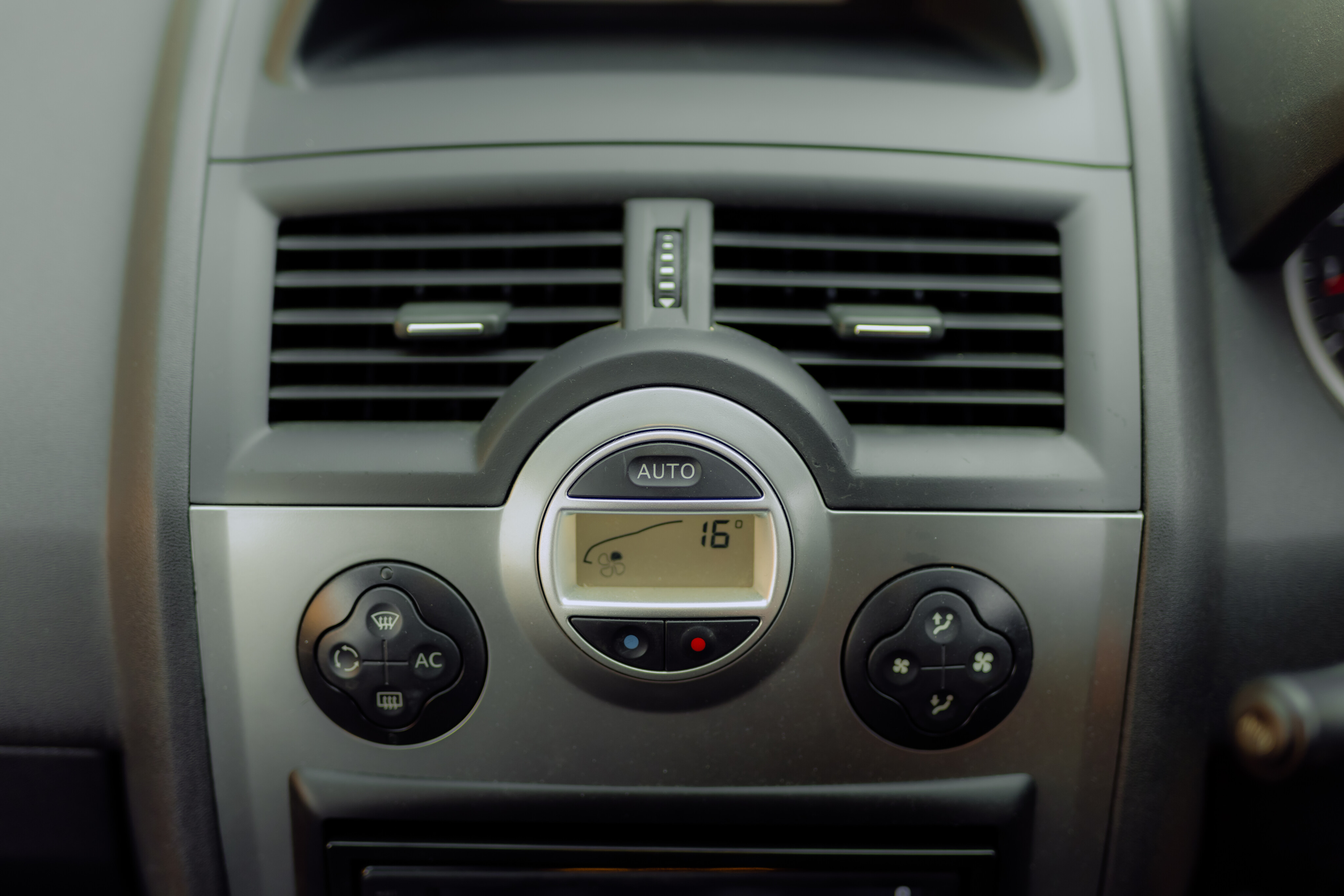
More and less
The Megane R26.R shaved 123kg from the weight of the R26 by ditching the rear seats, passenger airbag and curtain airbags, the climate control system, the rear wash/wipe assembly and heated rear window, the front fog lamps, the headlamp washers, the stereo and the majority of the soundproofing.
Add a carbonfibre bonnet, plastic tailgate and rear side windows, Sabelt seats with carbonfibre shell and aluminium base and six-point harnesses and you have a track weapon.

Renault didn’t stop there, though.
Uprated front and rear springs, revalved shock absorbers, beefier bushes, grooved brake discs, a wider track and the option of sticky Toyo Proxes R888 rubber contributed to a front-wheel-drive lap record of the Nürburgring.
In the 15 years since the R26.R went on sale, that mark of 8m16.9s has been whittled down to the current best of 7m44.9s, held by the current Civic Type R.
| Renaultsport Megane 230 F1 Team R26 | |
|---|---|
| Engine | 1998cc 4cyl, 16v, dohc, turbo |
| Max power | 168kW @ 5500rpm |
| Max torquq | 310Nm @ 2000-6000rpm |
| Transmission | 6-speed manual |
| Weight | 1355kg |
| 0-100km/h | 6.5sec (claimed) |
| Price (now) | $10K-$15K |



COMMENTS